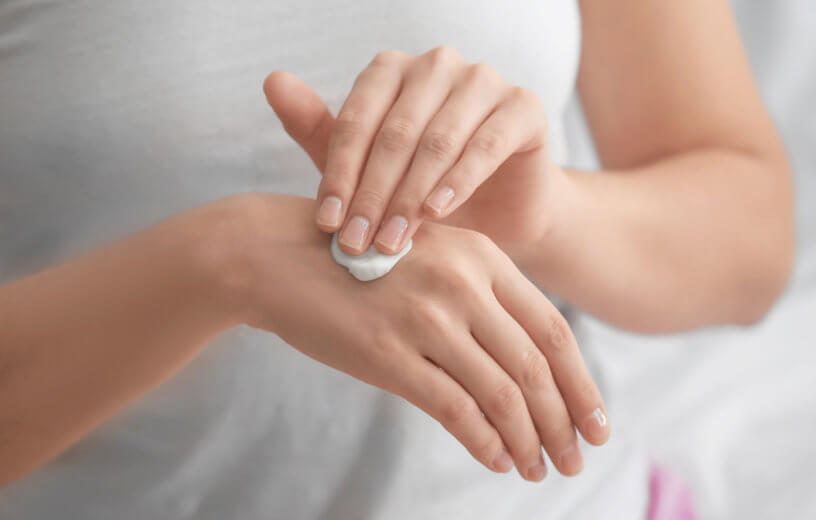CORVALLIS, Ore. — Forget the fountain, science may have discovered the fish of youth. Researchers from Oregon State University say gelatin found in the skin of Pacific whiting, an abundant fish along the Pacific Coast, may just hold the secret to youthful skin.
Scientists say the Pacific whiting’s skin may help prevent skin wrinkling due to ultraviolet radiation.
While fishermen in the United States catch this species in large quantities, they’re actually much more popular among European diners. Also known as hake, Pacific whiting is the eighth most consumed fish species in Europe. It doesn’t even crack the top 10 in the U.S.
Jung Kwon, an assistant professor at Oregon State’s Seafood Research & Education Center, conducted this research in hopes of encouraging more stateside consumption of hake. Her work often focuses on the potential health benefits of parts of marine organisms that consumers usually discard, such as fish skin.
“Fish skins are an abundant resource that we already know have valuable nutritional properties,” Kwon says in a university release. “But we wanted to find out what additional potential value might be found in something traditionally considered a byproduct.”
The skin revitalizes UV protection and stops inflammation
For this study, Prof. Kwon and her team analyzed molecular pathways contributing on a cellular level to skin wrinkling. Skin wrinkles in response to chronic ultraviolet light exposure. All that UV light breaks down the skin’s collagen.
Then, study authors extracted gelatin from a group of Pacific whiting fish and observed the gelatin’s influence on antioxidant and inflammatory responses and pathways known to degrade collagen and promote collagen synthesis.
This process led to a number of noteworthy findings. Pacific whiting skin:
- Reactivated the collagen synthesis pathway suppressed by UV radiation to a certain degree.
- Prevented activation of the collagen degradation pathway that UV radiation accelerates.
- Promoted additional antioxidant activity, which helps to prevent and slow down cell damage.
- Promoted extra anti-inflammatory effects.
Prof. Kwon notes that these findings are preliminary in nature and come from a lab setting using human cell models. The next step is to conduct further research using animal models.
“We saw some potential with a positive response in the cell model system,” she concludes. “This gives us good evidence to take those next steps.”
The study is published in the journal Marine Drugs.
You might also be interested in:
- Best Mascaras
- Best Eyeliners
- Best Eyelash Curlers
- Best Lip Balms
- Best Makeup Removers
- Best Nail Polish
- Best Ways to Paint Nails
- Best Way to Paint Toenails
